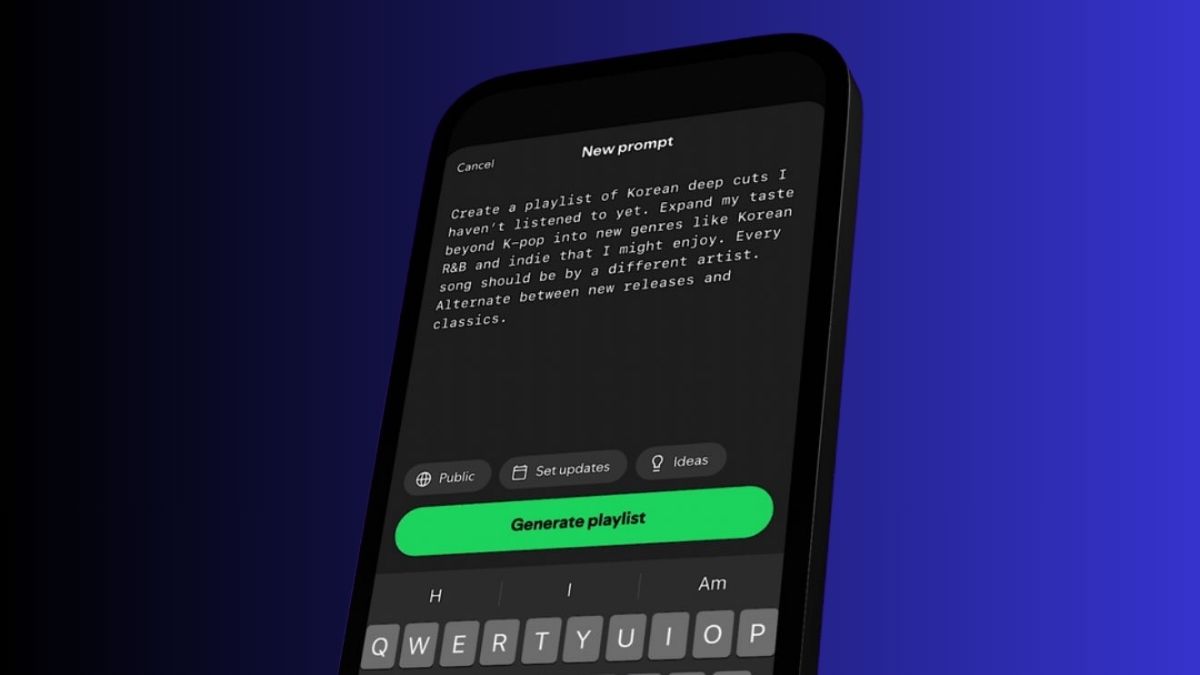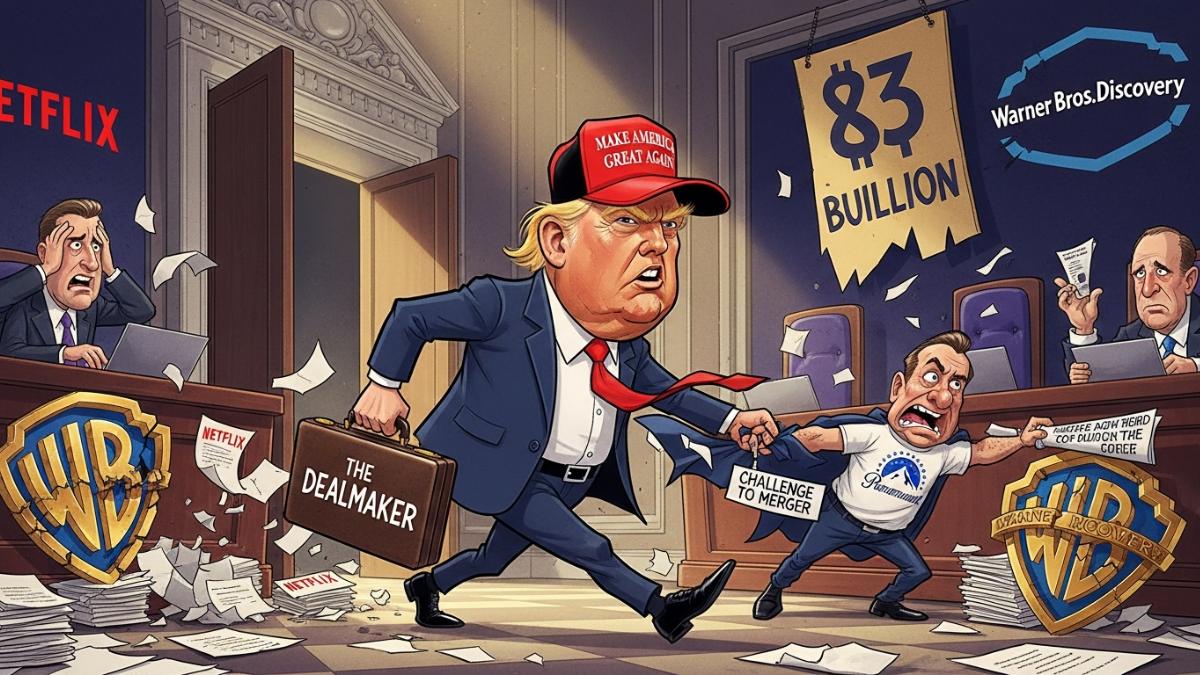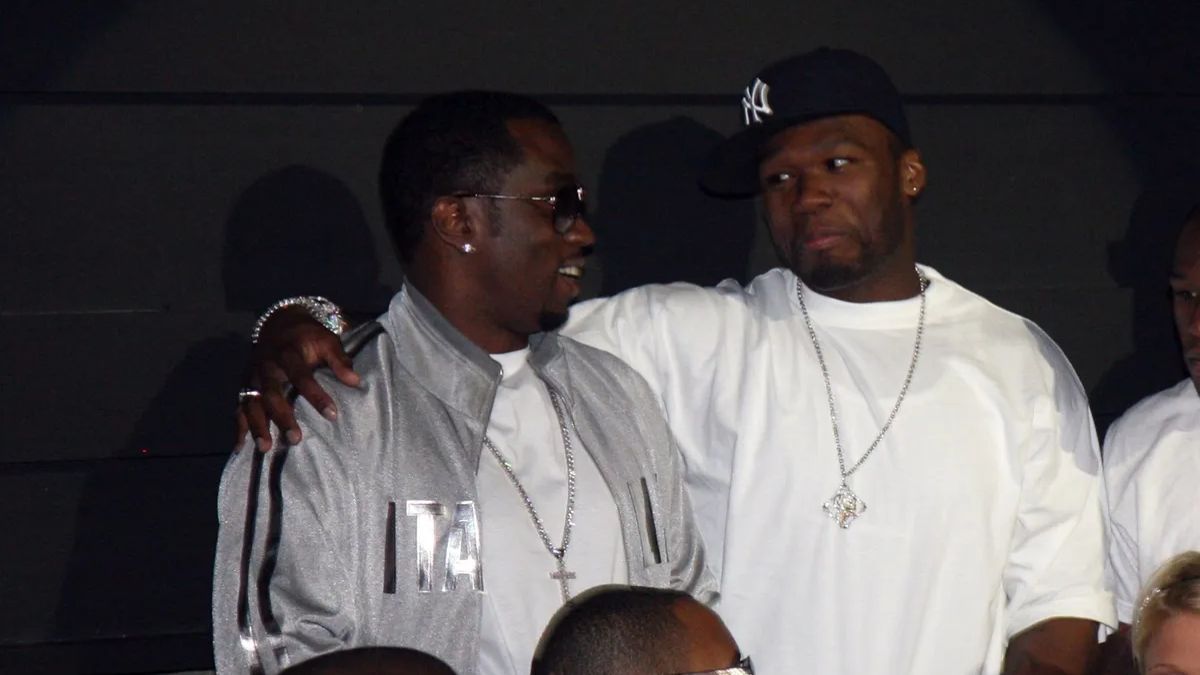Zines, small handmade booklets, are making a notable comeback as creators and activists look for ways to share ideas beyond social media platforms. This return comes amid growing concerns about censorship, surveillance, and harmful content online.
The recent Black Zine Fair in Brooklyn drew about 1,200 visitors who explored tables filled with zines on topics like politics, activism, queer culture, and personal stories.
The event recalled the active DIY zine culture of New York in the 1980s and 1990s, while also blending physical booklets with digital connections as many creators shared their social media handles alongside their work.
For more than ten years, social media has been a key place for cultural exchange. However, platforms such as Twitter and Meta face criticism for allowing hate speech and restricting certain topics. Governments are also planning to monitor social media use for immigration purposes, leaving many users feeling unsafe or silenced online.
Mariame Kaba, cofounder of the Black Zine Fair, highlights that zines offer an important alternative. They help people, especially younger generations, express themselves freely, avoid digital surveillance, and share sensitive information—like DIY health care or abortion access—that might be censored or criminalized online.
Zines have a long history in the US as tools for social change, from abolitionist pamphlets in the 18th century to feminist and LGBTQ+ movements in the 20th century. Today’s resurgence shows a desire for more lasting and personal ways to communicate.
Modern zine makers often combine print and digital methods. Some zines are also published online or accompany digital projects, but many creators value the physical form as a way to resist control by big tech companies.
Zines are also used beyond activism. At a 2024 scientific conference in Mexico, a researcher shared her work through a visually creative zine, aiming to spread her ideas more widely than traditional papers.
As social media faces increasing criticism, zines may provide a quieter and more durable way for people to connect, organize, and express themselves—reviving a grassroots tradition in a new era.











